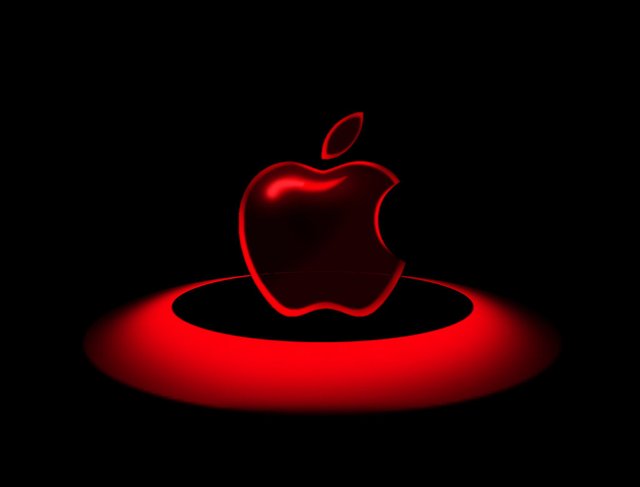I phone history
The history of the iPhone is a fascinating journey of technological innovation and market impact. Here are some key milestones:
2007: The First iPhone
- Steve Jobs unveiled the first iPhone on January 9, 2007. It was a revolutionary device combining a phone, an iPod, and an internet communication device. It featured a 3.5-inch display, a 2-megapixel camera, and ran on iOS 1.0.
2008: iPhone 3G
- The iPhone 3G introduced GPS and 3G connectivity, significantly improving internet speeds. It also marked the launch of the App Store, which allowed third-party developers to create and distribute applications.
2009: iPhone 3GS
- The iPhone 3GS focused on performance improvements with a faster processor, better camera, and voice control features.
2010: iPhone 4
- The iPhone 4 introduced a new design with a stainless steel frame and glass front and back. It featured the Retina display, FaceTime video calling, and a 5-megapixel camera.
2011: iPhone 4S
- The iPhone 4S included the Siri voice assistant and a significant camera upgrade to 8 megapixels. It also introduced the dual-core A5 chip for better performance.
2012: iPhone 5
- The iPhone 5 had a larger 4-inch display, a thinner and lighter design, and introduced the Lightning connector.
2013: iPhone 5S and 5C
- The iPhone 5S brought the Touch ID fingerprint sensor and the 64-bit A7 chip. The iPhone 5C was a more affordable version with a plastic casing and similar internals to the iPhone 5.
2014: iPhone 6 and 6 Plus
- These models featured larger displays (4.7-inch and 5.5-inch), a thinner design, and the Apple Pay mobile payment system.
2015: iPhone 6S and 6S Plus
- The 6S models introduced 3D Touch, a pressure-sensitive display technology, and a 12-megapixel camera capable of 4K video recording.
2016: iPhone SE
- The iPhone SE combined the iPhone 5S's compact design with the performance of the 6S.
2016: iPhone 7 and 7 Plus
- These models removed the headphone jack, introduced water resistance, and featured a dual-camera system on the 7 Plus.
2017: iPhone 8, 8 Plus, and X
- The iPhone 8 series featured wireless charging and an improved camera. The iPhone X introduced a bezel-less design, OLED display, Face ID, and removed the home button.
2018: iPhone XR, XS, and XS Max
- The XR offered a more affordable option with an LCD display, while the XS and XS Max provided advanced features with OLED displays and improved cameras.
2019: iPhone 11, 11 Pro, and 11 Pro Max
- The iPhone 11 had a dual-camera system, while the 11 Pro models introduced a triple-camera system and improved battery life.
2020: iPhone SE (2nd generation) and iPhone 12 series
- The second-generation iPhone SE combined the design of the iPhone 8 with modern internals. The iPhone 12 series introduced 5G connectivity, MagSafe accessories, and a new design with flat edges.
2021: iPhone 13 series
- The iPhone 13 series featured smaller notches, improved cameras, and better battery life.
2022: iPhone 14 series
- The iPhone 14 series brought improvements in performance, camera capabilities, and introduced the Always-On display in the Pro models.
2023: iPhone 15 series
- The iPhone 15 series featured design refinements, camera advancements, and improved processing power with the A17 Bionic chip.
The iPhone has consistently set benchmarks for innovation in the smartphone industry, influencing technology design and user experience worldwide.

Congratulations, your post has been upvoted by @upex with a 1.18% upvote. We invite you to continue producing quality content and join our Discord community here. Keep up the good work! #upex